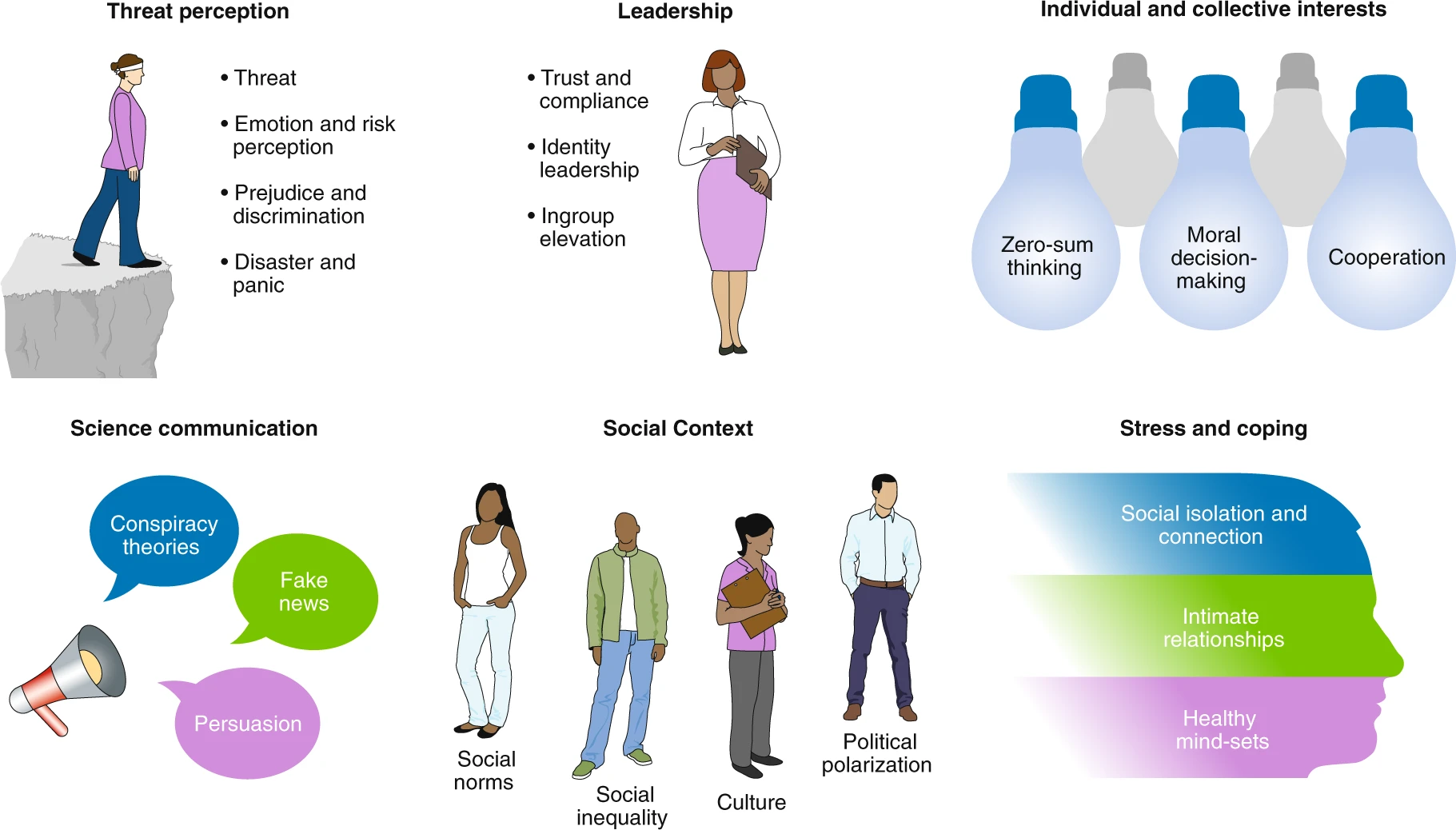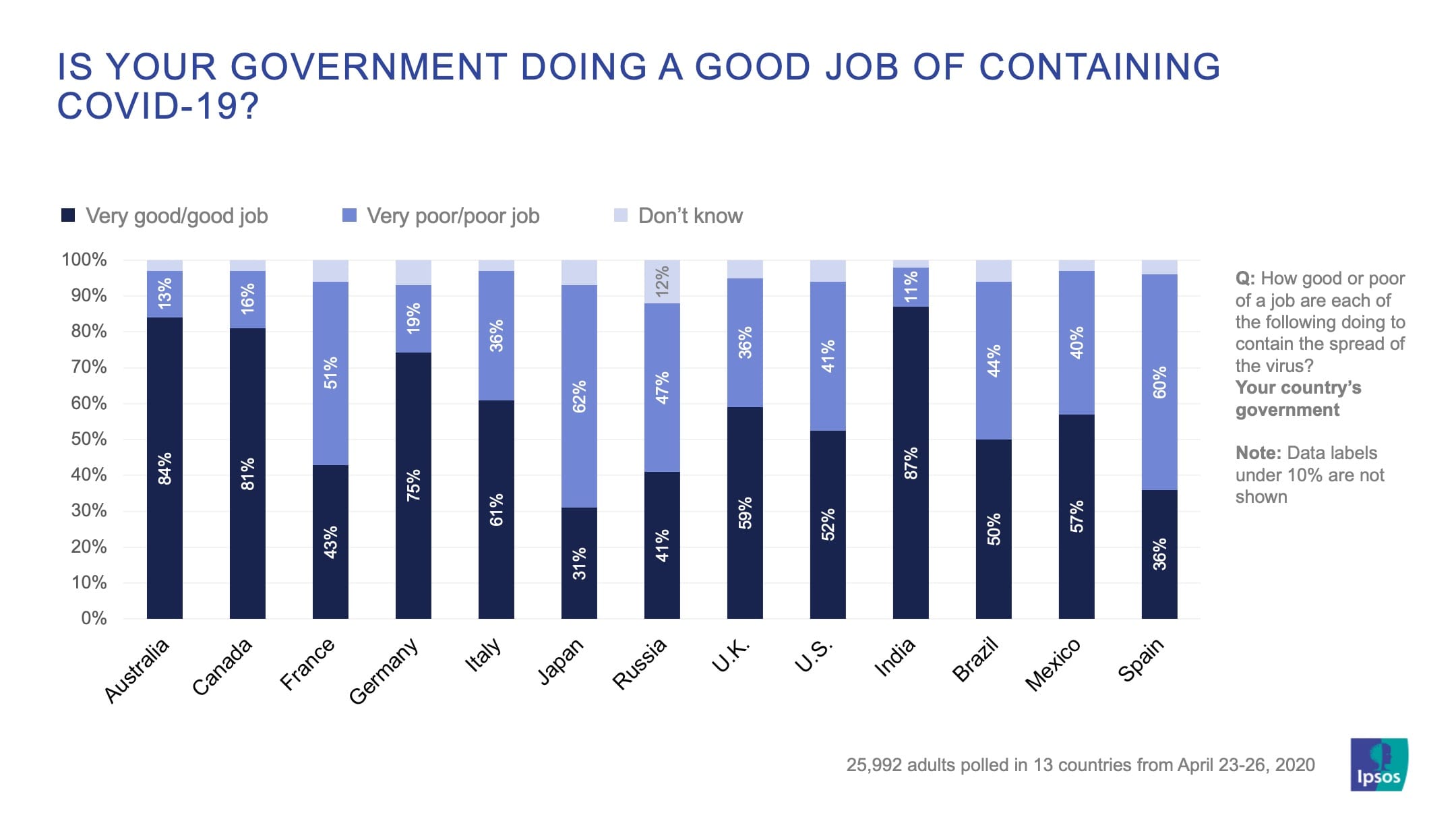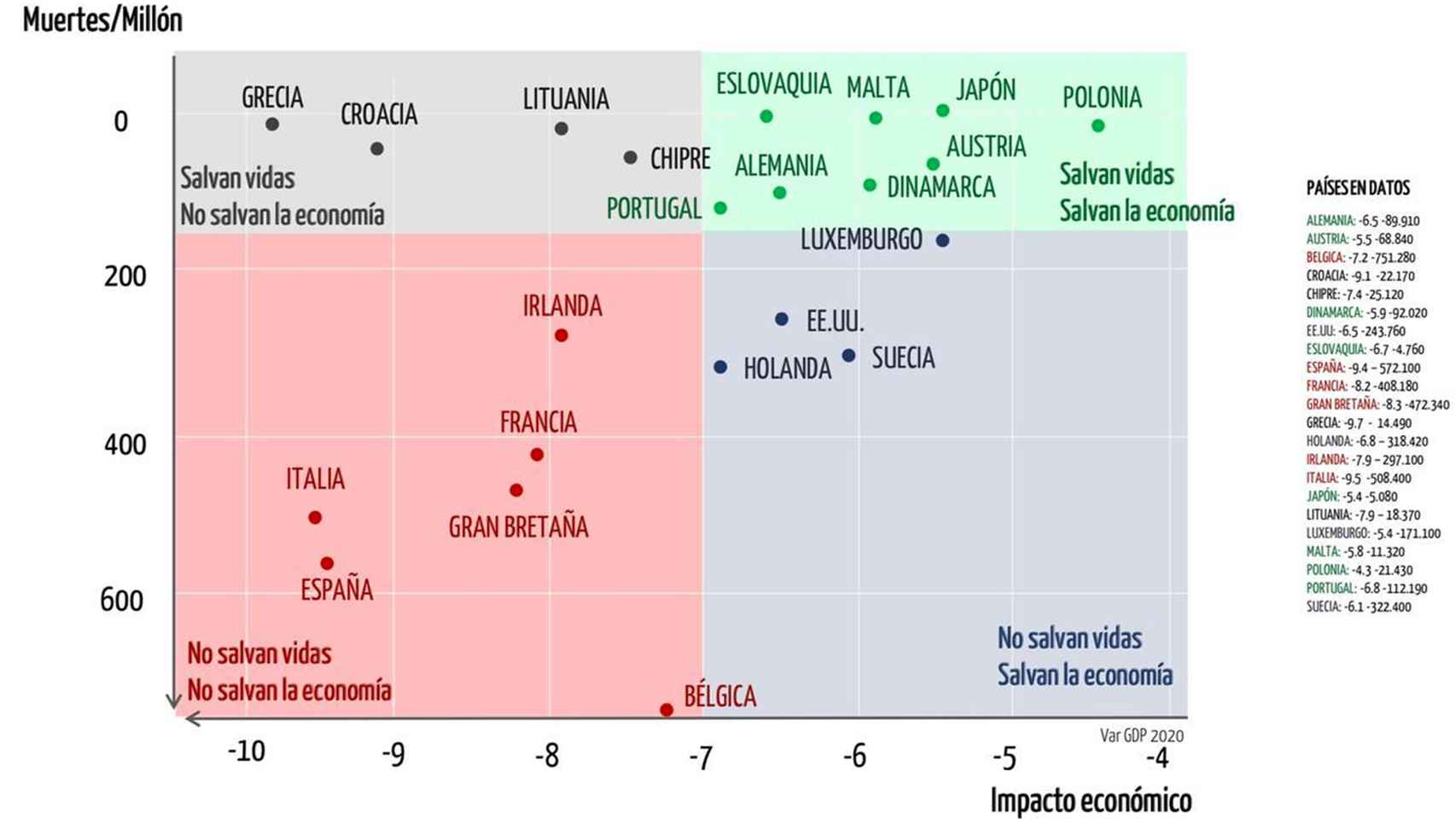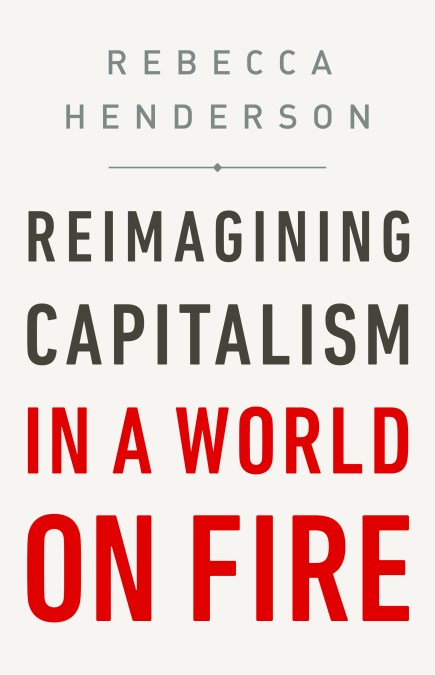A model is as good as its assumptions!. This is obvious and the application requires good data. Both issues, assumptions and data are the reasons why many models doesn't fit in this pandemic. Bad assumptions and bad data give bad conclusions. Have a look at this paper and in p.5 you'll find the different health and economic impact of models under different assumptions. So different that require a clever explanation if somebody wants to use them to take a decision.
VSL-based and SIR-macro models have helped to inform policy decisions in the early stages of the Covid-19 pandemic. However, the existing models are subject to a number of caveats, particularly relating to the uncertainty of their underlying epidemiological projections and stylised economic foundations.
Juan Genovés













